The cost of the bailouts seems never-ending and more of the mounting evidence that it didn’t work, like a bailout recipient laying off 16,000 workers this year, continue to make the news.
Tied to the root cause of the financial meltdown of 2007-2008, are mortgage giants Freddie Mac & Fannie Mae in light of their penchant for bundling sub-prime mortgage securities in the years preceding the collapse. Since those dark times, they have continued to be the recipients of multiple bailouts and government assistance even as taxpayers and critics pleaded for an end to their long overdue folding.
The government however, seems determined to screw taxpayers just a little more on the way down.
On Aug. 17, 2012, the Treasury Department announced it was changing the terms of its bailout agreement with Freddie & Fannie in a way that will shrink the holdings of the two mortgage giants more quickly and will require payment to the government of all quarterly profits the companies earn.
Here’s the translation: the government is pretending that they are helping the taxpayers out by taking all of the profit generated by Freddie & Fannie, rather than continuing with the fixed 10% dividend that had been written into the tax bailout. Instead, they are guaranteeing that we won’t get paid back nearly as much from the bailouts as we could’ve been.
CATO explains better than I could:
The problem is that the Government Sponsored Enterprises (GSE) have never had a year where their profits would have covered the dividend payments, so while we can debate if the taxpayer will recover anything from the GSEs, shifting to just collecting profits definitely means the taxpayer’s potential recoupment is lower.
The deal is really geared towards protecting debt holders over the taxpayers that funded the bailouts.
It reduces the ability of FHFA to place Fannie or Freddie into a receivership, under which FHFA could impose losses on creditors. Under Section 1145 of the Housing and Economic Recovery Act, FHFA has the discretion of appointing a receiver if one the GSEs displays an “inability to meet obligations,” which would include dividend payments. By essentially taking away that lever from FHFA, Treasury has greatly reduced any chance of a receivership. Sadly, I believe a receivership was the only thing that would force Congress to also deal with Fannie and Freddie. Treasury’s actions have been a massive win for the broken status quo.
Basic business sense also guarantees that this will wind Freddie & Fannie down as we had hoped, but in a way that guarantees minimal ability to create substantial dividends to the taxpayer or the opportunity for independence from the government. Basically, by bleeding the companies of every bit of their profit & capital, their opportunity to grow out of needing bailouts is dead.
Some in Congress, like Rep. Spencer Bachus, are sounding the alarms on the issue:
…rather than announcing steps to wind down Fannie Mae and Freddie Mac, the Administration opted to create a permanent, off-budget source of funding for housing that it will control.
It’s a confusing topic but the takeaway is this: the government just figured out a way to extend government control of and guarantee dependence from one of the largest players in the mortgage industry by ensuring they’ll never become solvent or independent.
Ask GM how the stigma of government control has worked out for their business and sales.


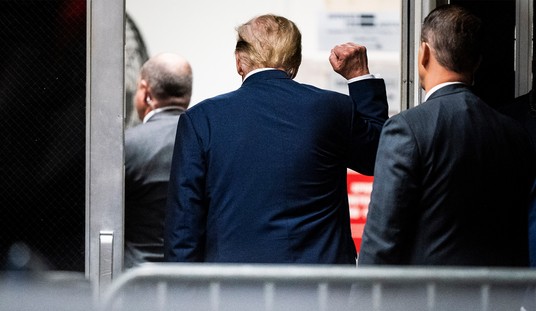


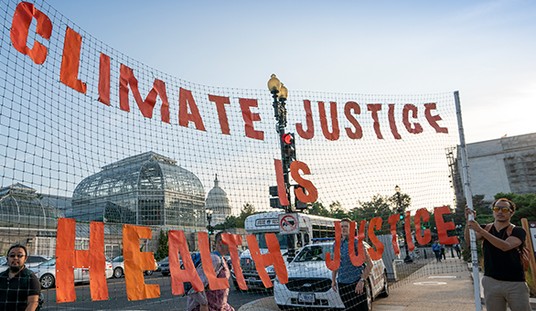
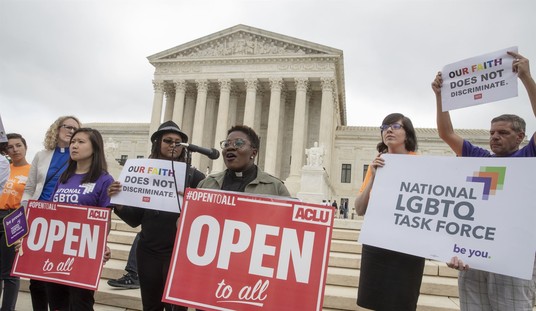



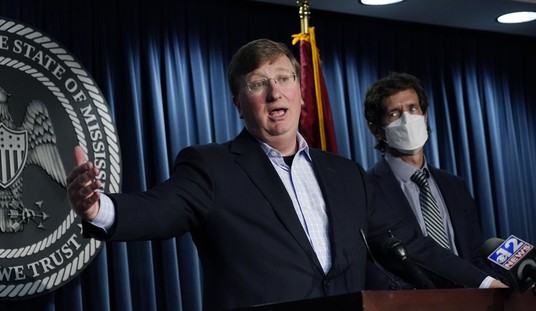


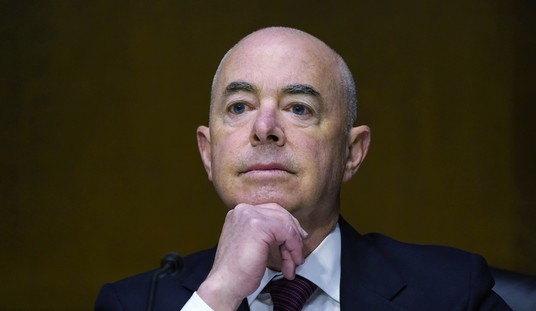
Join the conversation as a VIP Member